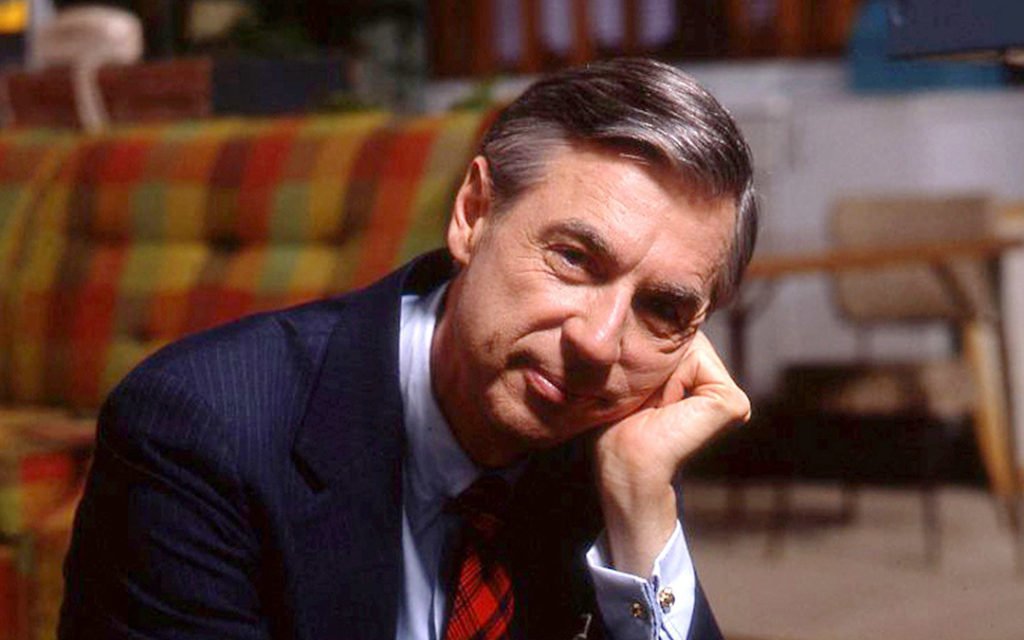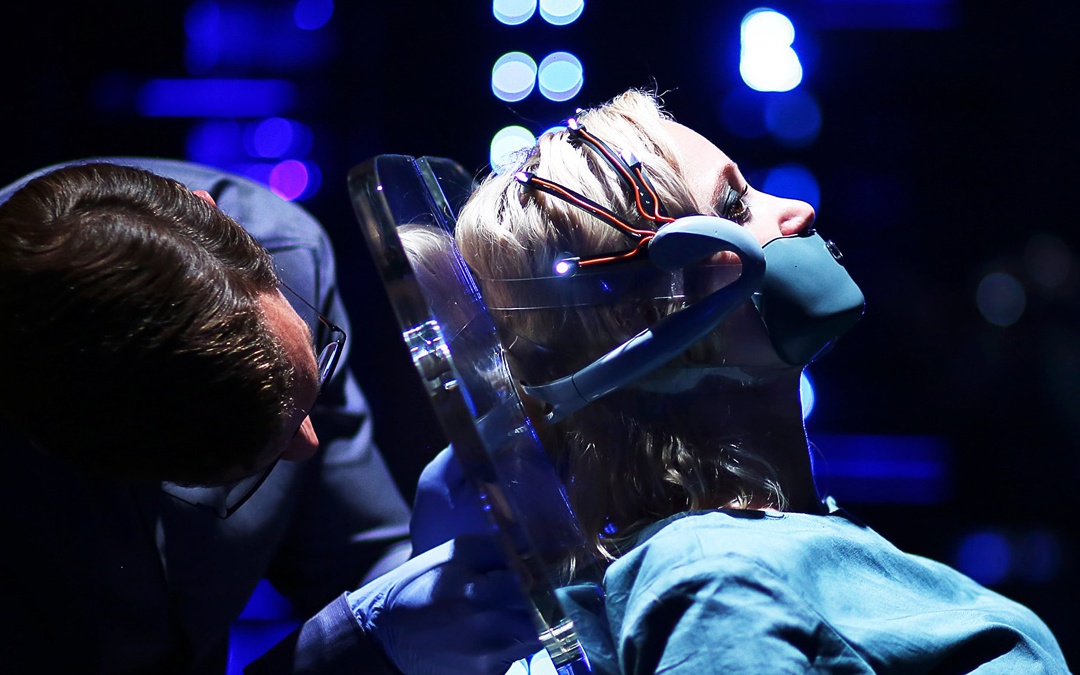Kate Novack on Race, Complexity and the Audacity to Ask in "The Gospel According to André"
May 21, 2018
Documentary filmmaker Kate Novack steps into what André Leon Talley calls the “chiffon trenches” for an intimate look at the fashion icon and former Vogue editor in her new film, The Gospel According to André. Novack, who wrote and produced the Emmy® Award-nominated documentary Page One: Inside the New York Times, spoke with us about capturing the unexpected and creating an environment where larger-than-life subjects show their vulnerabilities.
Celeste Thorson: You covered several decades, locations, socioeconomic backgrounds and intercultural influences. How did you decide to structure the film in chapters?Kate Novack: The four chapters are a reference to the four gospels. The movie is called The Gospel According to André because it’s meant to be his opportunity to tell … his story [and] the gospel seemed perfect because the black church is such an important part of who he is.
I'd read in his autobiography that "Precious Memories" is his favorite hymn and always makes him cry when he's in church. I listened to LaVern Baker's version of it, which is in the movie now. When [André and I] met for the first time I said to him, "that [hymn] is all about memory as a sustaining force." That was always my pitch to him: I want to look at how you were raised, where you came from and what sustained you in your adult life.
What were the most inspiring and challenging parts of the process?
KN: André is a real presence to be around — as he says in the movie, "you have to see the world with the kaleidoscope eyes of a child." When you are around him, you actually feel that he does live that way.
I think it was hard for André to go back to Durham, [North Carolina] and talk through the loss of his grandmother, the loss of Mrs. [Diana] Vreeland and the really difficult moments in his life. The first time, we were meant to sit and do an interview with him at his grandmother’s house. He doesn’t go back to that house that often because it’s really hard for him, so that was challenging. We got there, but it just took a little while.
What are some of the most unanticipated moments you captured?
KN: I didn’t expect that we were going to film André and Bruce, his friend from childhood, together. It’s one of my favorite parts of the movie. We always wanted to interview people from different parts of his life to bring viewers inside the different eras … André and Bruce together were like two little boys. I felt it was the perfect way to … go back to that time.
I also thought [Vogue editor-in-chief] Anna Wintour was extremely candid about André. She said he used to write her long-form letters having to do with race, so it was clear that [that] was always bubbling under the surface.
What did you discover about race and fashion that you weren’t expecting?
KN: I discovered the complexity of André’s experiences moving through the fashion world, which he calls the “chiffon trenches,” for several decades; how difficult that was at times for him as an African-American man.
I think I knew part of the reason I wanted to make the movie was that he has been one of the only African-American men in a predominately white industry … but I think in making the film the complexity of that was teased out. I think the journey has been much more difficult for him than he has been able to talk about thus far.
What advice do you have for documentary filmmakers who want to create a safe space for their subjects?
KN: I would say always viewing your subject as a human being and not as a subject is number one. Human beings are complex so never take what you see in the first few minutes of meeting someone as the full story; take your time to get to know someone. I always think there’s value in capturing people's reactions to the things that they don’t want to talk about. Also, just be yourself because if you’re putting on a front, why expect the person you’re trying to capture not to do the same?
What lessons have you learned in your previous projects and how did they influence this film?
KN: I learned never to be afraid to ask — in this case, to ask André Leon Talley — to do the film. My co-producer Andrew Rossi and I made a movie about The New York Times and one of the reasons the movie got made is because of the audacity to just ask.
There are people that have ideas about the budgets that you need, the staffing that you need, to make the film. I think it’s good not to be swayed by the conventional wisdom on what budgets are needed. Some advice I always give to women is if you believe your story is important, stick with it. Oftentimes stories about women or even by women are said to lack stakes. I think that's usually bullshit so don’t listen to that. Trust yourself.
What I’ve learned from my other films, especially Page One, is [that] storied institutions and storied people, at the end of the day, are human beings. Institutions are made up of human beings, storied people and big personas are human beings … Never allow yourself to forget that.
The Gospel According to André is in theaters on May 25.
Written by: Celeste Thorson
Celeste Thorson is a Los Angeles based screenwriter and actress. She’s written and produced numerous lifestyle and E/I television shows. She’s appeared on episodes of CBS’ How I Met Your Mother, ABC’s Jimmy Kimmel Live, NBC’s Heartbeat, USA Network’s Unsolved, and TV Land’s The Exes. You can learn more about her work at imdb.me/celestethorson and follow her on Twitter @CelesteThorson- Topics:
- Industry Interviews & Spotlights




